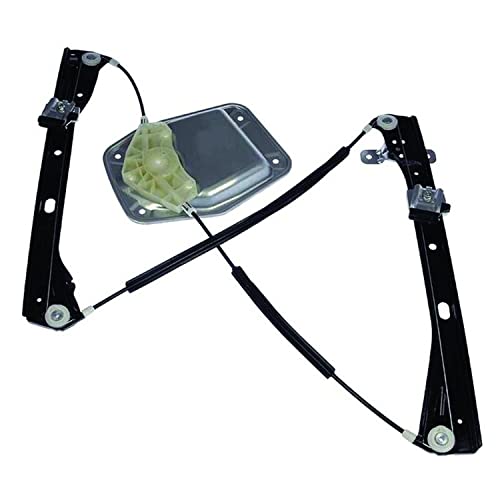Recalibrate your Speedo, very simples in a basic way. Go for a drive with your favourite navigator and use a sat nab which are much more accurate than anything cable driven anyhow. When you hit twenty miles per hour as informed by the sat nav, tell your navigator your Speedo speed reading and navigator can jot it down on a pre prepared pad. Same again at thirty and forty and fifty then keep going and going and going and eventually at sixty do the same thing again. Pull over and deface your Speedo with permanent marker pen with a dot at each of those or get a blank white sticker / label and slice one eighth of an inch strips off of it with some scissors and pop those on the face just so that you have some instant reference, two pen dots on the twenty, three on the next etc etc, replace every year or so as a consumable.

When someone describes our ancient speedos as averaging five percent high on average, the rest of us call that hopeful or maybe wishful thinking

With the spare wheel situation, I’m guessing that most of us adopt the modern approach and use the smallest wheel as a get you home spare as per most modern space savers on newer cars, however if you’ve done this, it might be worth trying it on each of the rear corners and going around the block just to make sure that nothing stupid happens , only because you’re a tad lowered already and that may lower the rear toooo much. I’ve got my van raised a tad over stock now with some reasonably accomplished looking tyres on there and I’m loving the look but my spare is a wide five steely with a little skinny tyre on it from back in the day when I ran it lowered. I think as a spare it should work as a get you home type thing alla the moderno spacey saver but will look a little ridiculous alla the moderno spacey saver.

And just go steady with that oversteer as you exit that Nurburgring

Ozziedog,,,,,,,,, but commercial tyres for the win




















